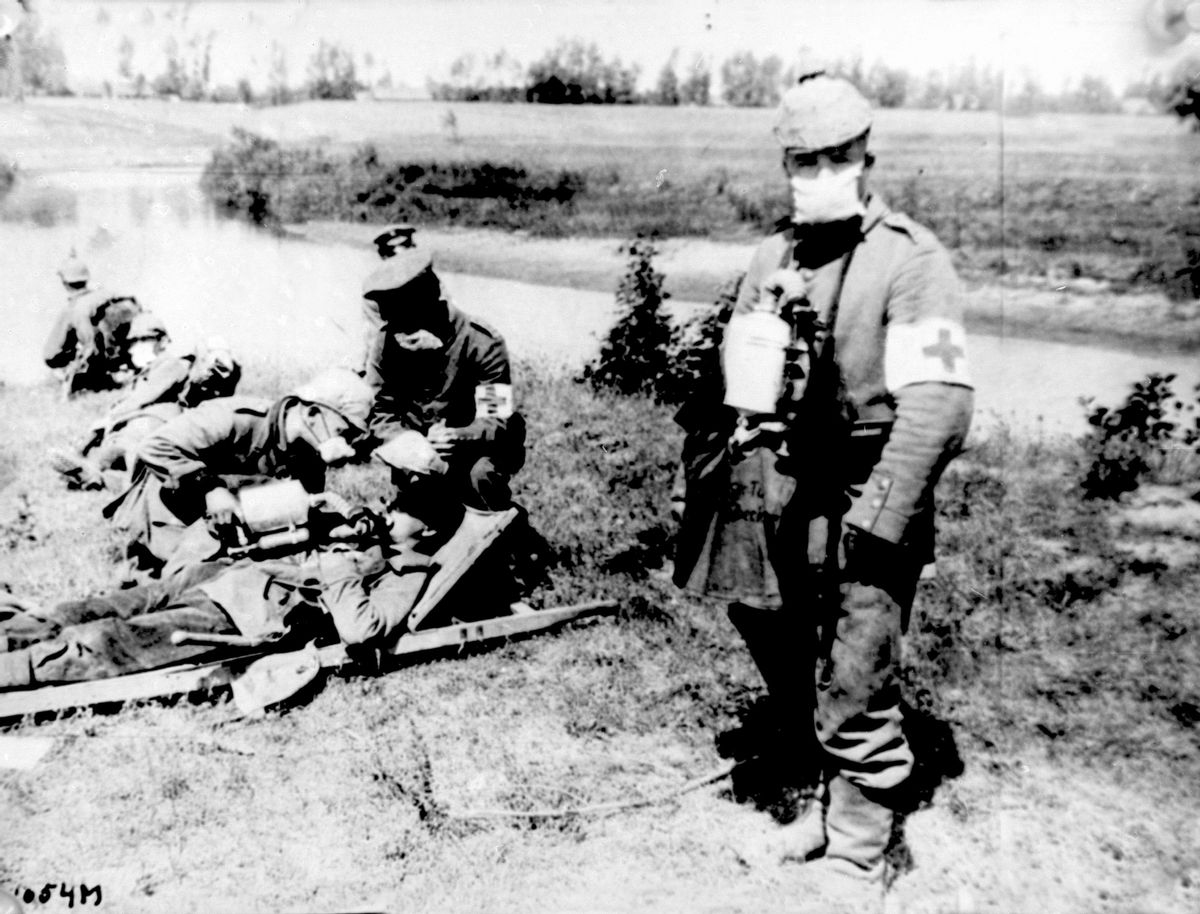April 6 marks the 100th anniversary of America's entry into the first world war, and PBS is recognizing that milestone with an in-depth look at some of the epic war's hidden figures. Premiering on April 10, "The Great War" series tells the stories of African-American and Latino soldiers, suffragists and Native American code talkers, among others.
"It was a time when we were divided against each other, when we were debating immigrants, we were debating racism, we were debating the role of women," noted executive producer Mark Samels. "We were debating who we are as a country, and it was 100 years ago."
The three-part series also examines the brazen hypocrisy of President Woodrow Wilson.
"Wilson is newly returned from France where he's been articulating this vision for justice on a world scale, and where he's been hailed by masses as this messianic figure. And then he comes back to a Washington that is burning," historian Adriane Lentz-Smith explains in the film.
Wilson infamously refused to back a federal anti-lynching bill after having screened Birth of a Nation at the White House three years earlier.
"He's so wrapped in his connection with the abstract masses, that his own citizens, who need him, get nothing for them," Lentz-Smith said of Wilson.
Tensions over the rights of African Americans boiled over in the Red Summer, when rioting in dozens of cities killed hundreds and injured thousands. Tens of thousands were left homeless.
"There's an expectation on the part of African-American soldiers that they've earned the right to vote, to participate, to be respected, to map their fates," noted Lentz-Smith. "But it's met with a similar resolve on the part of white supremacists to make sure nothing lasting would come of that military service."


Shares